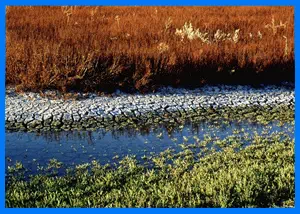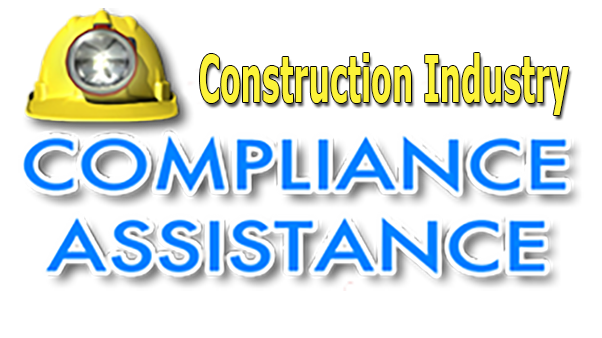
|
|
 |
Wetlands
Waters of the United States (WOTUS)
Defining WOTUS is an important first step in any discussion of wetlands regulations. The definition determines which streams and wetlands are protected by the Clean Water Act. A narrow definition leaves many wetlands and streams subject to state jurisdiction, which could constrain pollution prevention efforts by the U.S. EPA for those waters and the Army Corps of Engineers (Army Corps), which manages the permitting program for work affecting wetlands. For example, the use and/or development of certain parcels of land hinges on whether they fall under the definition of WOTUS and therefore under CWA protection.
In recent history, via regulation, legislation and court decisions, the definition of WOTUS has seesawed, causing some wetlands to fall into and out of EPA/Corps jurisdiction.
-
On May 27, 2015, after scientific review and a public comment process, EPA and the Army Corps issued the Clean Water Rule, Which expanded jurisdiction over current waters and wetlands by 2.84% to 4.65%.
-
On April 21, 2020, EPA and the Army Corps published the Navigable Waters Protection Rule redefining "Waters of the United States". That rule reduced the number of waterways and wetlands protected by the Clean Water Act, as compared to the 2015 Clean Water Rule and the pre-2015 regulations.
-
On August 29, 2023, the U.S. Environmental Protection Agency (EPA) and Department of the Army (the agencies) issued a final rule to amend the final "Revised Definition of 'Waters of the United States'" rule, published in the Federal Register on January 18, 2023. This final rule conforms the definition of "waters of the United States" to the U.S. Supreme Court's May 25, 2023, decision in the case of Sackett v. Environmental Protection Agency. As a result of ongoing litigation on the January 2023 Rule, the agencies are implementing the January 2023 Rule, as amended by the conforming rule, in 23 states, the District of Columbia, and the U.S. Territories. In the other 27 states, the agencies are interpreting "waters of the United States" consistent with the pre-2015 regulatory regime and the Supreme Court's decision in Sackett until further notice.
-
On March 12, 2025, EPA Administrator Lee Zeldin announced that EPA will work with the US Army Corps of Engineers to deliver on President's Trump's promise to review the definition of "waters of the United States." The agencies will move to ensure that a revised definition follows the law, reduces red-tape, cuts overall permitting costs, and lowers the cost of doing business in communities across the country while protecting the nation's navigable waters from pollution. On the same date, EPA and the US Army Corps issued a joint memorandum providing guidance to field staff on implementation of "continuous surface connection" in light of the U.S. Supreme Court's May 25, 2023, decision in the case of Sackett v. Environmental Protection Agency.
For current information, check here.
Overview of Wetlands Regulations
At one time, wetlands were thought of as wastelands. However today, there is a much greater understanding of the role wetlands play in our ecosystems. Wetlands help maintain water quality by slowly filtering excess nutrients, sediments, and pollutants before water seeps into the nation's rivers, streams and underground aquifers. They offer a breeding ground and/or habitat for fish, wildlife, and plants. The EPA estimates that more than one-third of the United States' threatened and endangered species live only in wetlands and nearly half use wetlands at some point in their lives.
The CICA Wetlands section contains useful features that will help construction companies and homeowners understand the regulations and find out how to comply. Also, there are links to related resources. Here's what is available:
-
A plain language explanation of how construction activity in wetlands is regulated.
-
Wetlands mitigation information, including wetlands mitigation banking.
Follow the links on Other Resources to find out more about the various types of wetlands found in the U.S. and their environmental significance.
